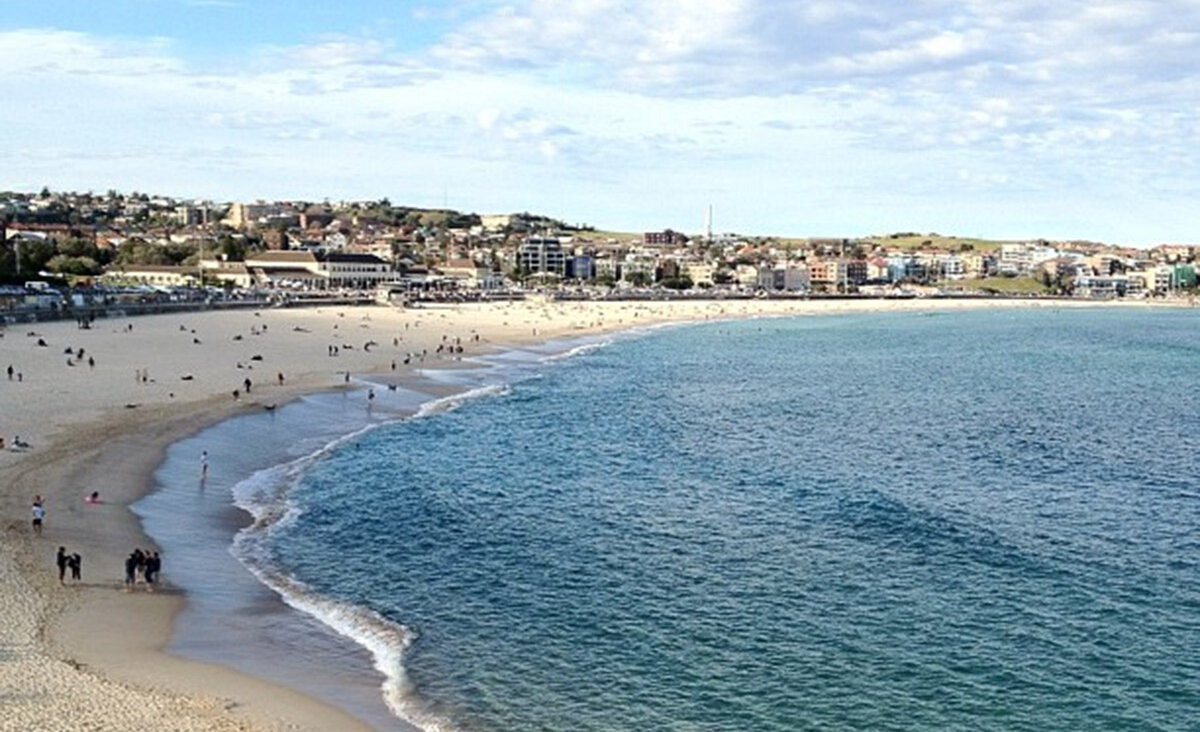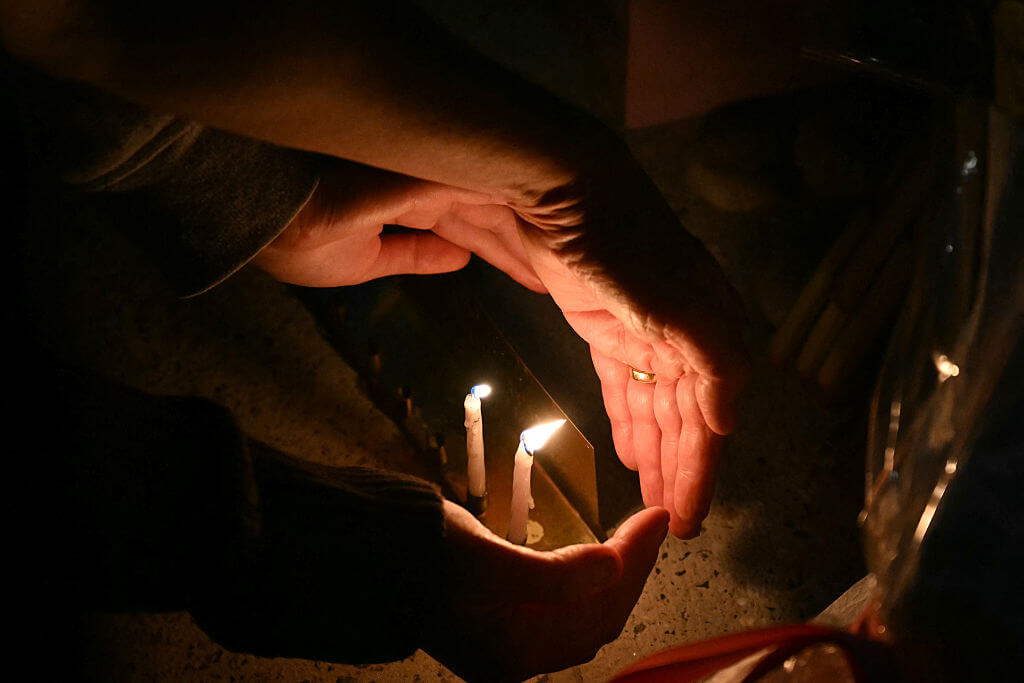Where Is the Fence?
The simmering dispute over Israel’s so-called West Bank separation fence includes more than enough hypocrisy to go around on all sides. The Sharon government, after two years of ideological obstructionism and bureaucratic foot-dragging, has finally yielded to overwhelming public opinion and begun an earnest effort to fence off Israel’s scandalously porous eastern frontier. Now come America, the West and the Arab world and declare themselves shocked — shocked! — at the project. After more than two years of ceaseless moralizing over Israel’s iron-fisted efforts to crush terrorism at its source, they’ve managed to work themselves into fits of righteous indignation as Israel undertakes the one other measure that can stop the terrorists.
To listen to some of the critics, the fence Israel is building is an offense to human rights, a cruel blight imposed across a happy land where the inhabitants want nothing more than to reach out and hug one another. The fence is a glaring reminder of conflict, some critics say, as though without it folks might forget what’s going on. President Bush’s spokesmen actually suggested that the president has an aversion to this sort of barrier going back to his days in the Texas statehouse, as though Israel’s problem were nothing more than poor neighbors seeking work.
But Israel’s problem is much worse: Its infiltrators are not job seekers but terrorist murderers. It’s a problem that’s likely to continue to a greater or lesser degree for a long time to come. Even if Bush’s “road map” leads to a genuine agreement and Palestinian statehood, resentment of Israel will continue among large segments of the Palestinian population. Healing the wounds will take generations. In the interim, as Woody Allen once said, the lion may lie down with the lamb, but the lamb won’t get much sleep. Israel will still need a fence.
To be fair, America’s objections are a mix of moralizing and cool judgment. Israel has given repeated assurances that the fence it is building is not meant to be a political boundary, prejudging the outcome of future Israeli-Palestinian border negotiations. The thing is supposed to be a security device to keep terrorists from entering Israel proper from the territories under its military control. But in practice, it’s become apparent that Israel doesn’t believe its own arguments.
As originally proposed, the fence was supposed to run along the so-called “seam line,” as the pre-1967 armistice lines are called in Israeli politico-legal jardon. As construction has begun, however, Jerusalem has come under enormous political pressure from settlers and their allies. They fear the barrier will indeed become a de facto border following the pre-1967 armistice line, which they would like to see relegated to the trash heap of history. And so the fence’s route has been pushed eastward bit by bit, snaking in and out of the West Bank to encompass Israeli settlements with enough clout to get themselves on the inside before the gate closes.
The resulting plan is a crazy quilt of zigs and zags that will end up following a route twice the length of the original plan proposed two years ago by Israel’s National Security Council. The plan infuriates the Palestinians, who see their future state taking on the appearance of Swiss cheese. It makes it a good deal harder for Palestinians who believe in peace — including, but not only, prime minister Mahmoud Abbas — to convince their colleagues that a deal with Israel is possible.
It also angers a great many Israelis. Social activists are distressed at the fence’s constantly ballooning price-tag. Defense officials are scratching their heads as they try to figure out the mounting logistical and manpower aspects of patrolling the darned thing.
If Israel is serious about the fence’s purely defensive purposes, it should heed the administration and redraw the fence’s route to follow something resembling the 1967 border. It’s cheaper, more defensible. It leaves the final border negotiable. And it will strengthen rather than weaken the momentum toward peace.















